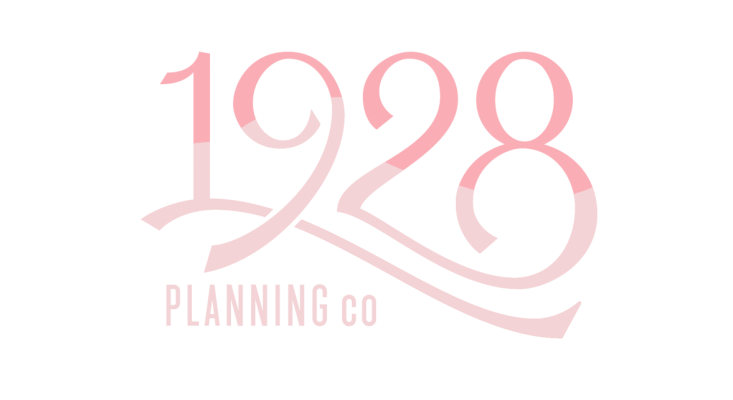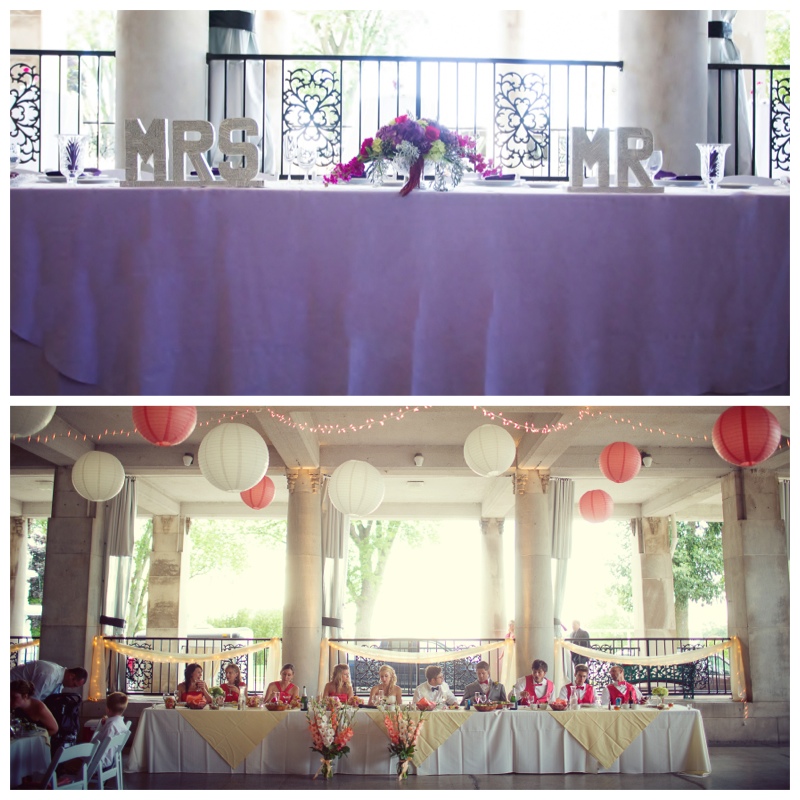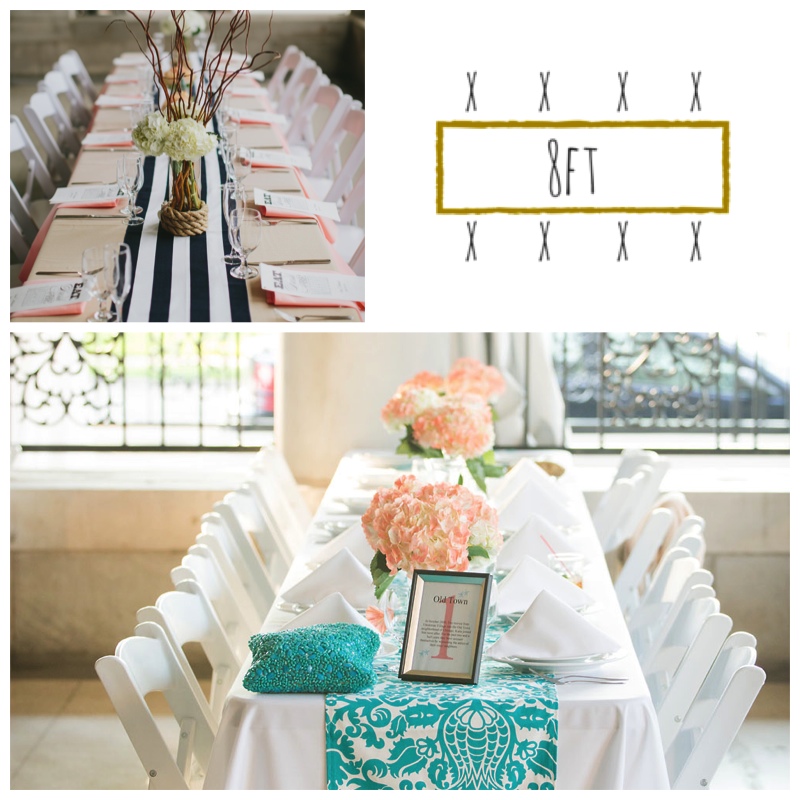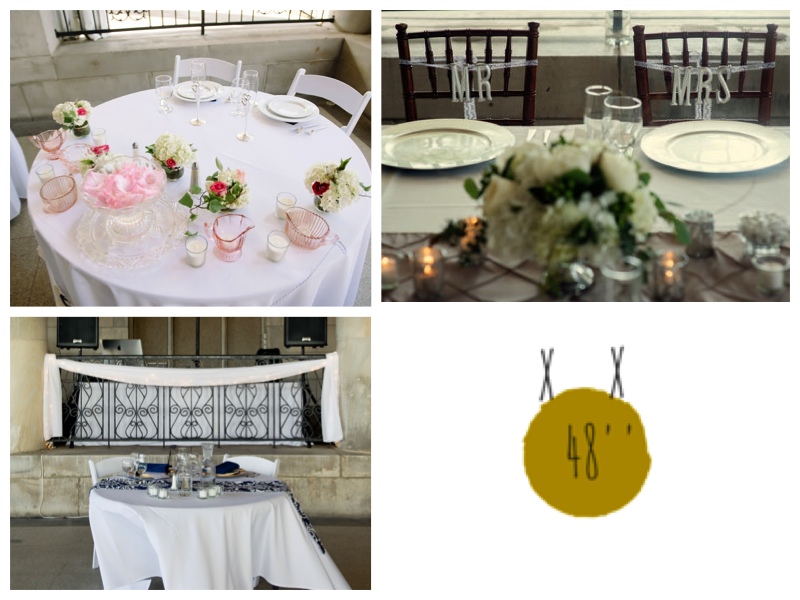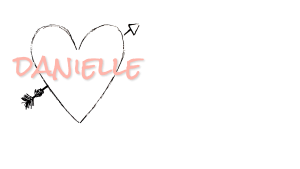CHOOSING THE RIGHT WEDDING HEAD TABLE
One of my favorite things to help a client create as their planner is the layout of their wedding reception. I think this piece dictates so much – the atmosphere you are creating for guests, and the way each meticulous detail planned will be displayed in. In the past, we’ve talked a lot about things to consider at your reception, but barely touch on the important undertaking of the layout!
The perk of layout building:
As overwhelming of a task as it may sound to a couple unfamiliar with the venue or what is “traditional” at a wedding, most venues can pass along a blank template of the space for you to do some sketching on – letting your imagination run wild. Or maybe you’d rather see what’s been done before in the space – and take it from the venue on what seems to work the best overall. Don’t be afraid to ask your venue for sample layouts so you can really understand all layout considerations.
This post is directed more specifically on the wedding head table – where you and your bridal party will be seated during the reception – primarily for toasts, and dinner service. Though we’ve seen a lot in our experiences at multiple venues, we thought we’d hone in on the most popular options. Take a look!
Traditional
Photo Credit: Karrn Frost Photography (top) | Ben Pancoast Photography (bottom)
Of the head table options we’ll show you in the post, this is probably the one you’ll see most as you attend weddings yourself. We call this a traditional wedding head table – where you and your beau are centered, with each of your bridal party members flanked off to the left and right. Typically groomsmen will be on the right, and bridesmaids on the left (as pictured), but it’s your wedding right? Do what you want!

A little sketch goes a long way. The bottom sketch shows a different rendition of the traditional layout, where instead of the bride and groom seated at the same style table as the bridal party, they are seated at what we call a sweetheart table – a small round table. To keep with tradition, your bridal party can still be to either side of you.
Double-Sided
Photo Credit: Woodnote Photography (top left) | Ben Pancoast Photography (bottom)
This is a perfect option if looking save space because you’ll be seated on both sides of the table. Of course, it makes for easier conversation as well, being seated closer together.
Double-sided head tables are perfect if you have a larger bridal party and don’t want a long, never-ending table, or if you’d rather not be on a “stage” so-to-speak having all eyes on you as you eat your meal. Don’t be embarrassed if you enjoy that kind of thing!
King Arthur
Photo Credit: Ben Pancoast Photography (bottom left) | Luna Dulce Photography (middle left) | Alison Glovak (right)
This is probably what we see most of at receptions. Set as two-8ft tables pushed together to create the illusion of an ‘almost’ square table. Another great option if you have a larger bridal party, because you are utilizing all four sides of the table.
Having family-style dinner service? This type of table leaves tons of space for platters and bowls to be set.
A typical king arthur table will seat 12 people. Need to seat 20? Keep adding 8fts together to create the custom size you need. The photo shown above, on the right, sat 30 people (they chose to seat the bridal party with their significant others at the head table).
Sweetheart Table
Photo Credit: Matt Pratt Photography (top left) | Luna Dulce Photography (top right) | Carolyn Lloyd Photography (bottom left)
Named so perfectly – a table for just you and your sweetie. Perhaps you’d like to have your bridal party sit with whomever they’d like and instead just need a small table for two. We usually see this size table as a 48” round, but ask your venue what size round table they can offer you.
Looking for more assistance building your reception layout? Reach out to us – we’re here to help!
